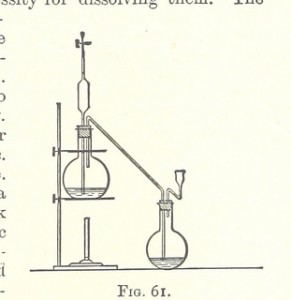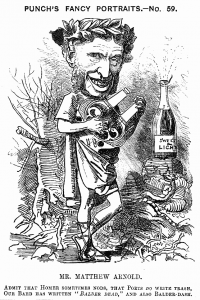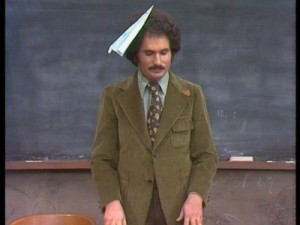
I think the bones of our course are fairly easy to describe. I might say to a new teacher something like this:
1. Create an environment where writing seems an appropriate action (with readings, engagements, questions, problems), and
2. Respond vigorously to what gets written (and said) as both a reader and an interested colleague (fellow thinker).
This is too simplifying, of course. “Creating an environment” brings with it all kinds of ecological baggage. It also sounds too mystical, as if students will magically come to life if the right pedagogical feng shui is adopted. “Respond vigorously” is too teacher-centric, too heroic and authoritative. But my intention in figuring it this way is to steer the conversation about teaching writing away from the suggestion that teachers provide instruction, especially instruction aimed at a generic student in a generic writing situation (e.g., always begin paragraphs with a topic sentence). My heart sinks when I see writing courses described as sites for delivery of a specific form of information about how to write. Writing marks an energized boundary between parties, and its movement to and fro, from succinct summary to unwieldy, idiosyncratic suggestion (and many places in between) is not something we can so easily track or contain. Academic writing in particular should be typified by its dialectical, osmotic communications, not by its adherence to an exact form. When we focus too exclusively on getting things right rather than having something to say, we drain our courses of their possibility and we falsely posit a world that is not in question and not constantly changing.
In a conversation I had with a new teacher this past semester, we stumbled across a term that might help explain what I mean. We had been talking about the dubious medical analogies that sometimes appear in writing instruction—diagnosis and treatment of symptoms. It wasn’t that long ago that a local college around here advertised its writing support with an image of a stethoscope. Some of us are doctors, of course, but we’re generally averse to that kind of authority. ‘Prescriptive’ is a well-known term of disparagement in teaching circles. We don’t want our assignments to be prescriptive, to present prescriptions to aid the patient—”follow these directions: take two passages, compare them productively, and call me in the morning.”
I propose (tentatively, sheepishly, and somewhat tongue-in-cheekly) that we call what we do post-scribing, as the bulk of our work must come in response to a project in formation, especially in our written comments to students. The ‘action’ in teaching writing is in hearing what our students have to say, in raising questions to make visible a way of reading and making use of their work, and in making suggestions about what might come next.





